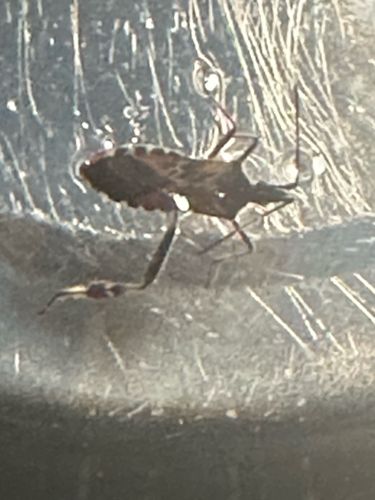Water Scorpion
Scientific Name: Nepa cinerea (or similar Nepidae species)
Order & Family: Hemiptera, Nepidae
Size: Typically 15-45 mm (0.6-1.8 inches) including the 'tail' (respiratory siphon); body length usually 15-25 mm.

Natural Habitat
Still or slow-moving freshwater bodies such as ponds, ditches, and shallow vegetated areas of lakes. They prefer dense aquatic vegetation.
Diet & Feeding
Predatory. They are ambush predators, feeding on other aquatic invertebrates (like insect larvae, small crustaceans) and small vertebrates (such as tadpoles or small fish). They use their raptorial front legs to grasp and hold prey, then pierce it with their proboscis to suck out fluids.
Behavior Patterns
Water scorpions are typically slow-moving and rely on camouflage to blend in with aquatic debris and vegetation. They breathe air through a long siphon at their posterior end, which they extend to the water's surface. They are solitary and can fly, especially at night, to disperse to new habitats.
Risks & Benefits
Generally harmless to humans, though they can deliver a painful (but not venomous) bite if roughly handled. Ecologically, they are a significant predator in their aquatic habitats, helping to control populations of other aquatic organisms, and are part of the food chain for larger fish and birds.
Identified on: 9/27/2025